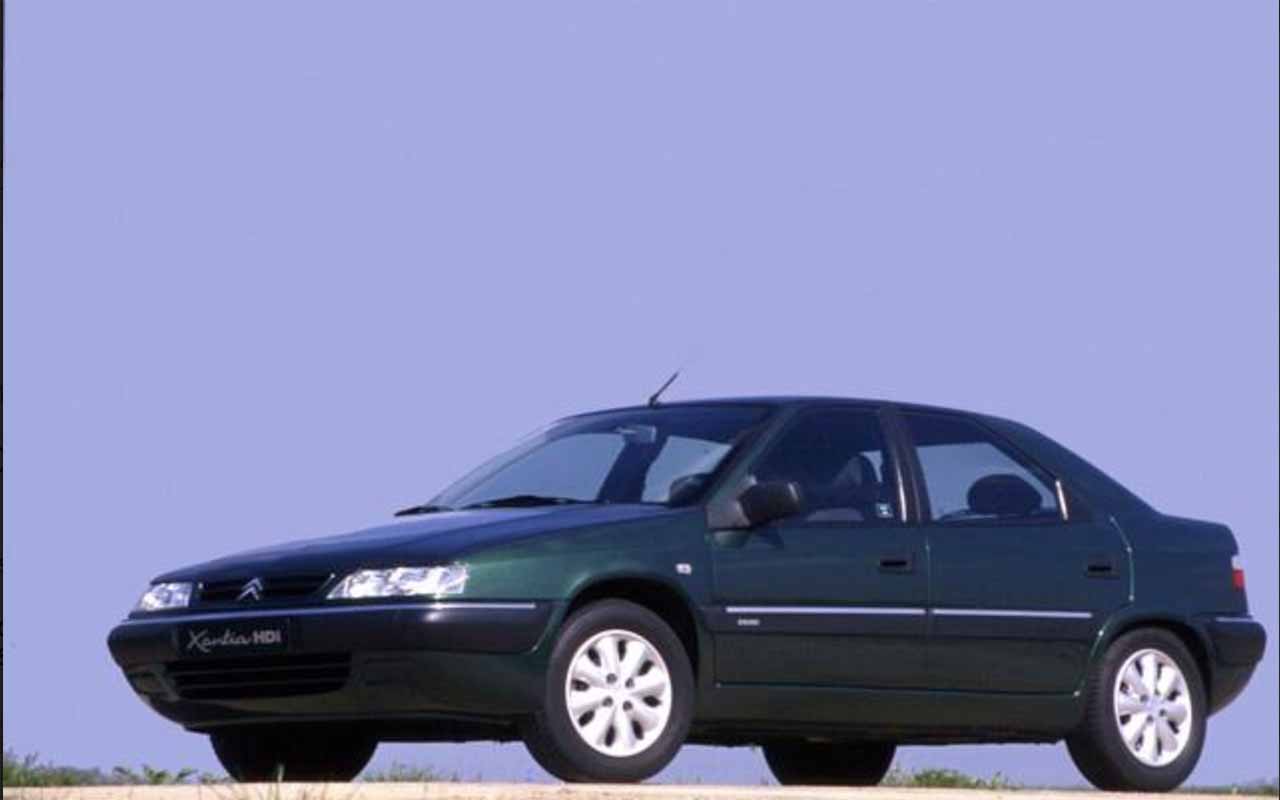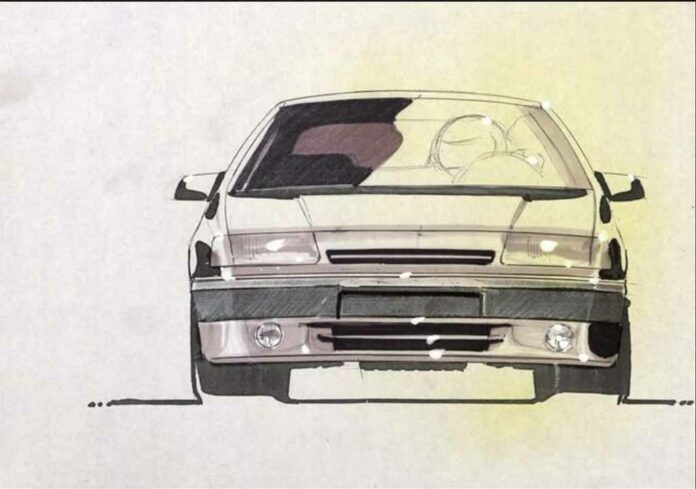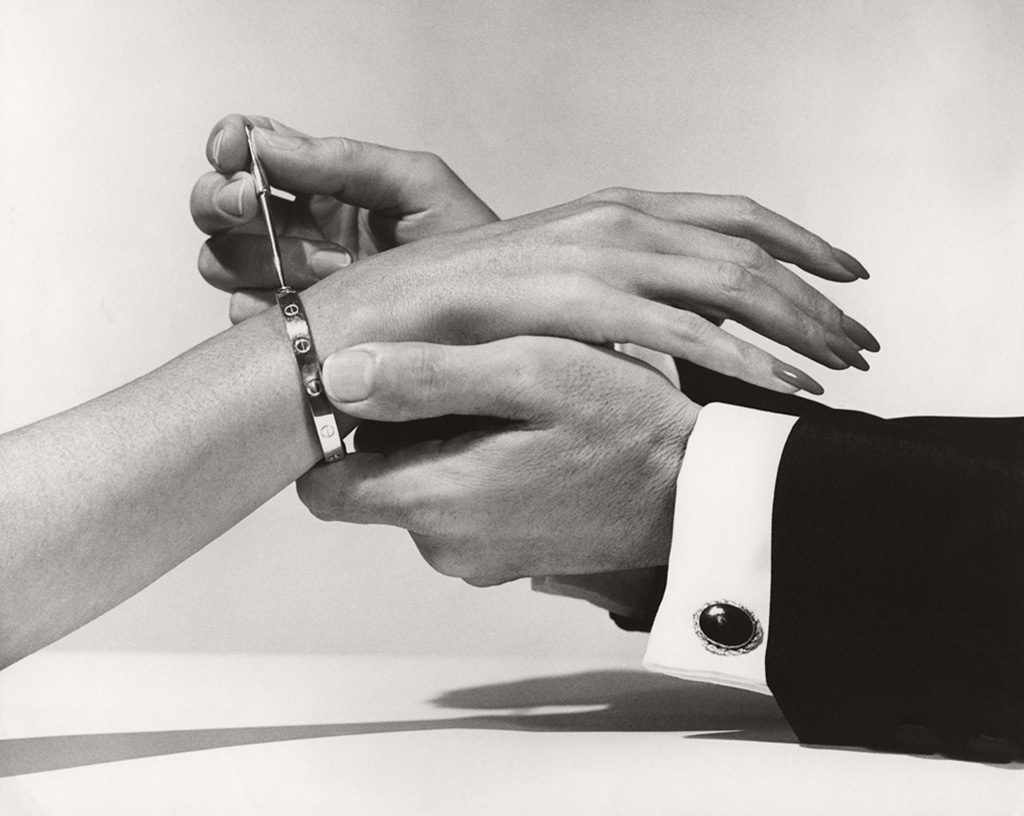Presented to the world in March 1993 at the Geneva Motor Show, the Citroën Xantia turns 30 and becomes a collector’s model. Produced in 1,326,259 examples from 1993 to 2010, most of them at the Rennes-la-Janais plant, the Xantia has become an iconic Citroën model.
Designed by Daniel Abramson at the Citroën style centre based on a proposal from the Italian Bertone style centre, it succeeded the famous BX of the 1980s. Dynamic, flowing and robust, this saloon took some of the lines of the XM and imposed a new silhouette on the Citroën range. Thanks to its unique styling, the Xantia was voted ‘car of the year ‘ in 1993, the year of its launch.
Audacity and innovation in the service of comfort
In nine years of production, the Xantia has undergone multiple evolutions. It was initially available in two versions (SX and VSX), with three different engines. The high-end versions were equipped with the Hydractive II hydropneumatic system, an electronically controlled suspension system that reduced roll and improved road holding without compromising comfort. In 1994 the Activa version was launched, which used the Hydractive II system, supplemented by two jacks that limited the roll to 0.5°, bringing the number of balls on board to 10. Equipped in this way, the Xantia could tackle curves almost flat. This technology led to the development of specific tyres with the manufacturer Michelin. In 1995, the Xantia station wagon came onto the market. In 1997, the Xantia underwent a restyling. Finally, in 1998, the Xantia inaugurated the PSA Group’s new 2.0 HDi diesel engine, a high-pressure common-rail diesel.

Comfort, safety, technology and driving pleasure were the key words for this new car, which debuted in 1993. Comfort was unrivalled at the time, with upholstery that became a real signature of the Xantia and subsequent models. Inside, the Xantia presents a true harmony of colours and materials in a well-organised space. The passenger compartment is reinforced and more rigid, with thick, pre-coated sheet metal and reinforcement bars in the doors for greater safety on board.
Moisturiser II
In terms of technology, it is the arrival of Hydractive II, a technology that combines the power of hydraulics with the speed of electronics, that symbolises the Xantia’s difference. The conventional hydropneumatic suspension is equipped with an additional ball per axle, which can be activated via solenoid valves in the normal circuit with one ball per suspension cylinder. In this way, two states of suspension softness and damping can be defined: a soft one and a sporty one. The sensors allow the control unit to choose between the two modes depending on the driving situation.
In both cases, this technology allows the driver and passengers to travel with great comfort, but above all with greater peace of mind.
Citroën Xantia and advertising
The innovations and qualities of the Xantia make it ideal for Citroën advertisements. One example is the famous 1995 advert with Carl Lewis, in which the sportsman is forced to become a monk because of a bet. For him, it was impossible for a car to maintain a constant position in every load situation, and the Xantia did just that. In 1999, a completely different advertisement was shown in which a pyramid of #auto Xantia was uncovered, demonstrating its excellent road holding.










